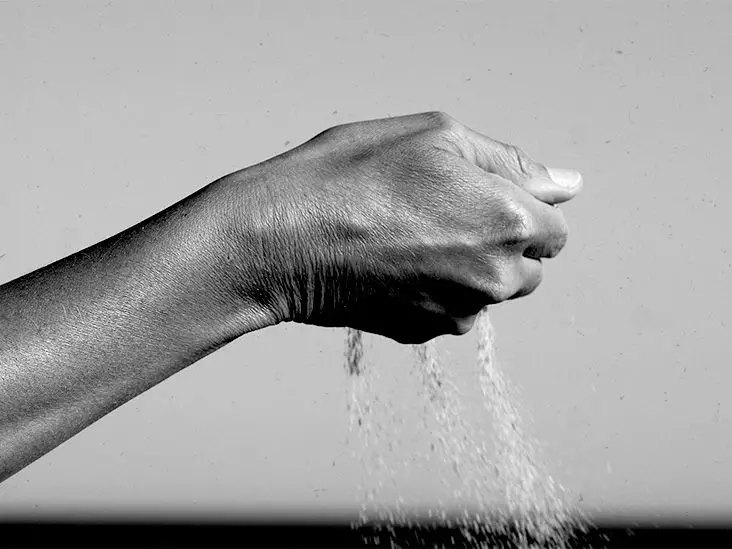Urinary incontinence is often not discussed openly, yet it affects a significant portion of the population, especially those diagnosed with Type 2 Diabetes Mellitus (T2DM). As awareness of diabetes has increased, so too has a need to address its less visible but equally impactful consequences. Exploring the connection between poorly controlled blood sugar levels and urinary incontinence can foster greater understanding of how to better manage diabetes and its related complications.
Diabetes is primarily characterized by abnormal blood sugar control, leading to a myriad of health issues, including urinary incontinence. This condition, described as the involuntary leakage of urine, can manifest as an overwhelming urge to urinate or even complete loss of bladder control under various circumstances. With T2DM, the body faces insulin resistance, resulting in elevated glucose levels that can cause detrimental effects on various organs and systems. This not only raises health risks like cardiovascular diseases and nerve damage, but also plays a critical role in urinary health.
The rise in glucose can exert significant pressure on the urinary system. According to research, nearly 40% of women with diabetes experience some form of urinary incontinence, while findings suggest a concerning 15.4% of males with poorly managed T2DM also exhibit moderate to severe incontinence. Such statistics underscore the hidden burden that diabetes-related urinary issues pose on affected individuals.
Several interrelated mechanisms contribute to the urinary complications seen in those with T2DM. One of the most prevalent issues is nerve damage, also known as diabetic neuropathy, which reportedly affects approximately 60% of those with diabetes. This condition can impair the nerves responsible for bladder function, leading to difficulties in both the sensation of needing to urinate and the ability to control urination itself.
The dysfunction of these nerves may result in overflow incontinence, where the bladder cannot fully empty, leading to frequent urges to urinate. Diabetic individuals may also experience overactive bladder syndrome, a troubling condition characterized by an increase in urination frequency and urgency, often occurring not just during the day but also at night. A 2017 study reveals that individuals with T2DM are twice as likely to experience symptoms of overactive bladder compared to the general population, highlighting an urgent need for focused awareness and care in this area.
Several lifestyle factors can exacerbate urinary incontinence in diabetics, particularly obesity and constipation. Obesity is a significant risk factor for T2DM itself and can place added pressure on the pelvic floor, inhibiting bladder control. Research indicates that women with a body mass index (BMI) of 30 or higher have a 1.5 times greater risk of developing urinary incontinence compared to those with a BMI under 30.
Constipation, another common problem, can contribute to both urge and overflow incontinence. The presence of stool in the gastrointestinal tract may restrict bladder function, either by occupying space or by triggering involuntary contractions of the bladder wall, known as detrusor muscle contractions. This illustrates how intertwined diabetes and urinary health can be, necessitating a holistic approach towards management.
To effectively manage urinary incontinence in diabetics, healthcare professionals typically initiate a thorough evaluation that considers both fluid intake and urinary habits. A bladder diary can serve as a useful tool in tracking frequency, volumes, and experiences with incontinence to gain insights into the underlying issues. Additionally, blood glucose tests and assessments for urinary tract infections (UTIs) may help rule out other causes of urinary incontinence.
Improving urinary control in individuals with T2DM often entails optimized diabetes management. Medications such as anticholinergics and beta-3 agonists may be suggested, along with newer treatment modalities including Botox injections for bladder management. Surgical options may also be explored to alleviate urinary symptoms in more severe cases.
Managing blood sugar levels should be a priority for those looking to mitigate urinary incontinence symptoms. Dietary modifications, regular exercise, and weight management play instrumental roles in achieving better diabetes control. In some instances, clinicians may recommend specific incontinence products or devices designed to enhance comfort and reduce the frequency of incontinence episodes.
Understanding the link between Type 2 Diabetes and urinary incontinence is essential for improving the quality of life for many affected individuals. With appropriate education, preventive strategies, and holistic approaches to care, it is possible to both manage diabetes effectively and alleviate the burden of urinary incontinence, offering new hope to those living with this challenging dual diagnosis.

